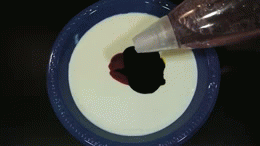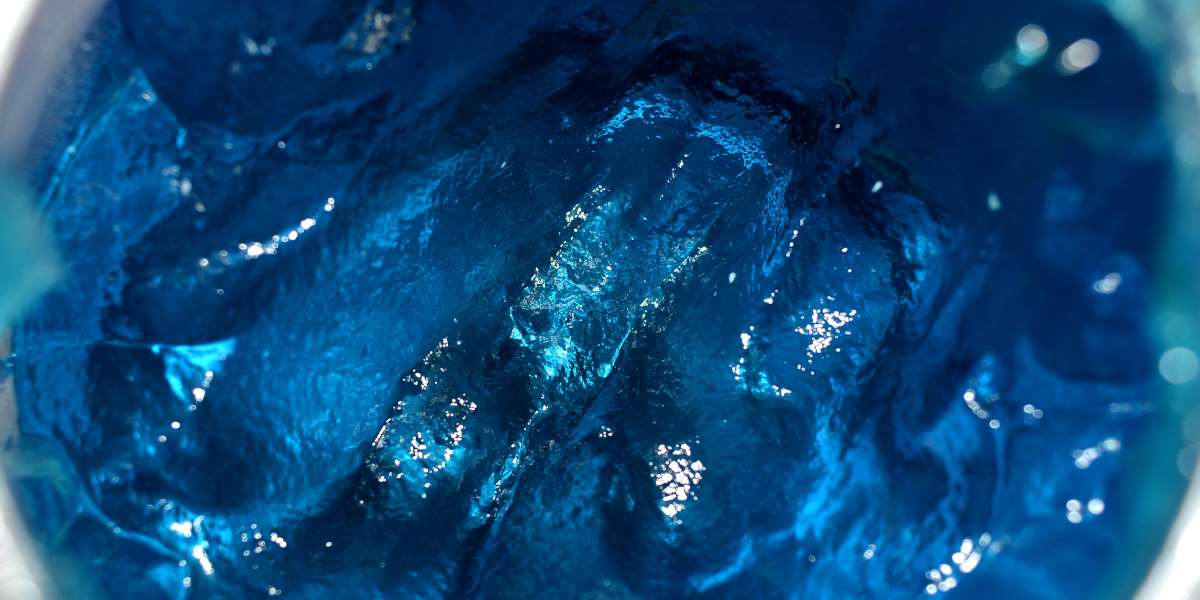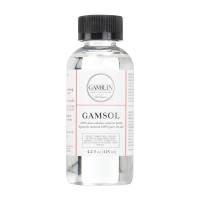A Beginner’s Guide to Blending Colored Pencils With Solvents
Somewhere along your coloring journey, the “Vaseline Question” is going to come up. If you don’t know what I’m talking about, you’ll find out soon enough. I remember the first time I learned – it was an experience that was hard to forget.
I clearly recall the picture I found – the first time I ‘d ever heard about this phenomenon. A colored pencil, slick and shiny with some mysterious goop, sat on a piece of paper. A tub of Vaseline stood open just beside it. A pair of latex gloves lay stretched out beneath the two. The caption simply read, “I’m ready, let’s do this.”
I sat in horror for several seconds, imagining all the horrible places that colored pencil could possibly be going. It wasn’t until I pressed on and read more that I discovered what was going on here – and boy did I get that one wrong.
Learning to Love the Goop
You see, many colored pencil artists use Vaseline to help spread the pigment from their pencils more evenly across the page. The goop acts as a solvent – it provides a medium the tiny pigment particles can move through, allowing them to cover the paper more consistently.
If you’ve read our guide to basic colored pencil techniques for beginners, you know that to get the boldest, richest colors, you need to force pigment down into the deepest crevices of the page teeth. Sharp pencils can help you get deep into the page and remove that grainy white texture from your coloring. However, as a dry medium, the pigment particles don’t move around much after they break off the tip of the pencil.
Why Solvents Work
Enter your solvent – by providing a semi-liquid medium that the particles can flow through, you allow your colors to move around more. They soak into the deepest crevices of the page more easily, and the pigment naturally disperses itself more evenly throughout a liquid medium. If you play around with the viscosity of your solvents (how runny versus how goopy they are), you can control how much your colors “flow”. This is similar to how watercolors work.
 The solvent acts as a medium that the pigment can spread itself evenly throughout.
The solvent acts as a medium that the pigment can spread itself evenly throughout.
Traditionally, mineral spirits are the preferred solvent for blending colored pencils. It is usually applied sparingly after coloring with a pencil, not during. A little goes a long way, and you can use a q-tip or small sponge to apply it to the page and blend your colors after-the-fact.
Dipping Your Colored Pencils
But there’s also the dipping. That’s what you’re here for, so we won’t disappoint. As far as dip tips go, there’s really one golden rule : less is more. You don’t want a glob of muck hanging off the tip of your pencil, but rather just enough to lightly coat the point. It’s very easy to take this idea too far when starting out, and it’ll leave you all slimy and covered in grease. A dab the size of a nickel should last you for a fair bit of coloring.
Once you’ve coated your pencil, locate the area you want to blend. Use your pencil to go over the gradient area, pushing and pulling the colors across the divide. As you go back and forth, the solvent on your pencil will begin picking up particles from different areas you cross, naturally blending the pigments together. Switch back and forth between colors as needed until you achieve the effect you want, and be sure to allow ample time for drying before storing your work. On other thing to note: goopy tips and pencil sharpeners don’t mix – be sure to clean your pencils before you sharpen.
Solvent Alternatives
If you can’t afford artist-grade solvents, there are a variety of suitable replacements you might have on hand. Which one works best will likely come down to personal preference. Experiment with other stuff and let us know what works!
- Vaseline
- Lip Balm
- Paint Thinner
- Coconut Oil
- Crisco / Shortening
- Baby Oil
- Butter
- Nail Polish Remover
- Rubber Cement Thinner
- Sexual Lubricant (You can’t make this stuff up…)
- Aftershave
- Clear Drinking Alcohol
- Body Lotion
- Acne Cream
- Acetone
- Surf Wax
- Clear Axle Grease
- Hair Gel
…and the list goes on. If you decide to do some experimenting, here’s another tip: generally, thicker solvents do better applied to the pencil tip and more liquid solvents do better applied directly to the page after coloring. The paper can easily soak up liquid solvents, and it will quickly dry up the tip of your pencil. The goopy solvents don’t get soaked up as easily, so you have longer to spread them across the page with your pencil.
If something you test out turns out to be a great blending solvent, be sure to let us know! Until then, keep coloring 🙂


 Finesse Blender Pen
Finesse Blender Pen Gamsol Mineral Spirits
Gamsol Mineral Spirits